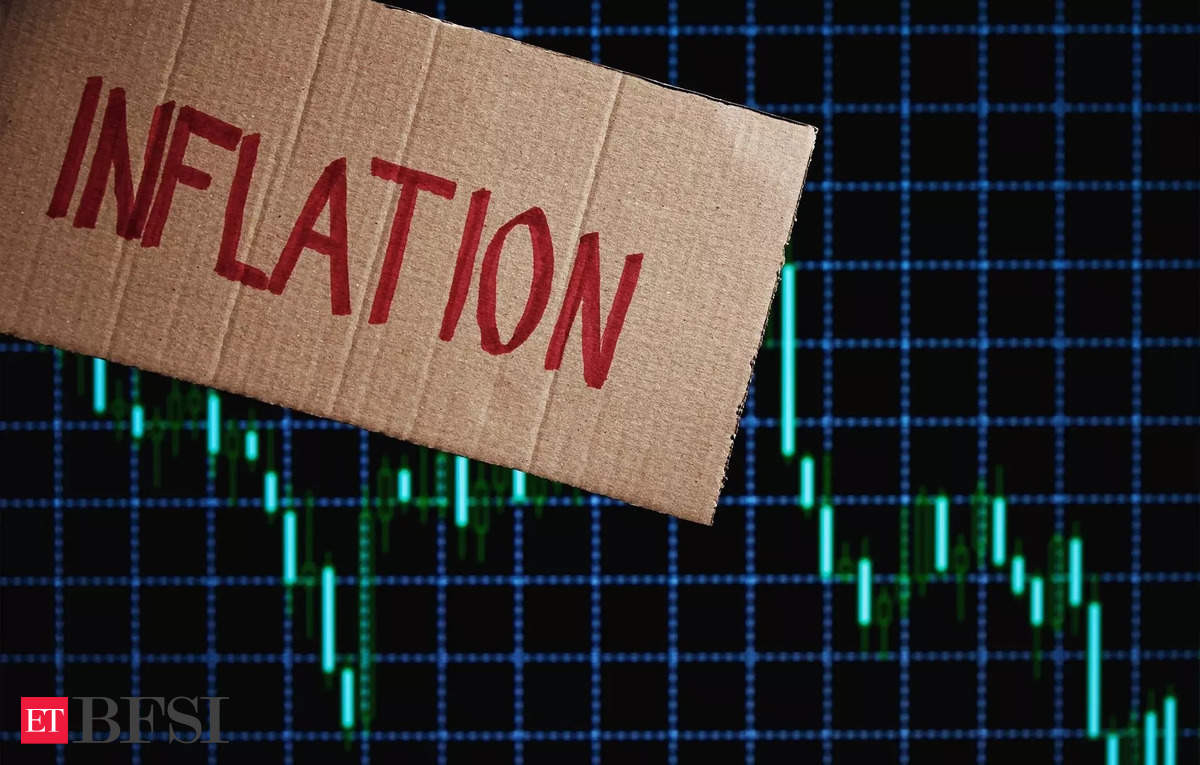Hungary's inflation eased more than expected in August, bolstering the case for the central bank to resume interest-rate cuts. Consumer prices rose an annual 3.4% in August compared with 4.1% in July, according to data published by the Budapest-based statistics office on Tuesday. The median estimate of 22 economists in a Bloomberg survey was 3.6%. Prices were unchanged month-on-month. Core inflation, which strips out volatile food and energy price swings, was an annual 4.6%.
Hungary’s central bank paused its rate-cut cycle in August after 15 consecutive monthly cuts, following a spike in inflation. The government and the central bank have been at loggerheads over the pace of easing, with Economy Minister Marton Nagy on Monday saying that inflation concerns were overdone as price-growth has been “defeated” for good.
Inflation Slowdown
Analysts emphasized that several factors were behind the decline in inflation, including the moderation of fuel prices and the run-out of food price increases caused by the end of mandatory promotions. According to Péter Virovácz, ING Bank’s chief economist, these effects had already worn off by August, which had a moderating effect on inflation.
However, analysts cautioned that the recent slowdown in inflation might be temporary. Zsolt Becsey, an analyst at Unicredit Bank, warned that the increase in food prices due to crop losses caused by the drought may reappear in autumn, which could result in new inflationary pressure. Gábor Regős, the economist of Gránit Fund Management, drew attention to the fact that the introduction of mandatory promotions and the reduction of fuel prices had only a temporary effect on reducing inflation.
Service Prices
The prices of services have exerted significant pressure on inflation in recent months. Zsolt Becsey attributed this mainly to the “sticky” prices, which slow down the disinflation process. While weak consumer demand may eventually moderate the price increase of services, this effect is not sufficient for the time being. Gábor Regős pointed out that, based on the second-quarter GDP data, the increase in demand for services contributed significantly to the expansion of consumption, which could exert further inflationary pressure.
Central Bank Outlook
The central bank targets 3% inflation, with a 1 percentage-point tolerance band around the goal. The recent inflation slowdown has strengthened the case for the central bank to resume its rate-cut cycle. In addition to price trends, expected rate cuts later this month by the US Federal Reserve and the European Central Bank, as well as risk assessment and economic confidence will determine whether Hungary can resume interest rate cuts, Deputy Governor Barnabas Virag said on Aug. 27.
Forint Volatility
Complicating the decision is the forint, which has dropped 1% against the euro to the weakest level in a month since Bloomberg reported that Prime Minister Viktor Orban may ditch budget-consolidation plans in the run-up to the 2026 elections. Orban over the weekend outlined spending steps for next year though said he would keep public finances stable.
Rate Cut Outlook
The National Bank of Hungary will weigh a quarter-point key-rate cut and a no-change at each meeting this year, according to Virag. Last month, the central bank kept its key rate at 6.75%, the highest benchmark in the European Union.
The Road Ahead
While the recent slowdown in inflation has given the central bank more room to maneuver, the path to further rate cuts remains uncertain. The central bank will need to carefully weigh the various economic factors at play, including the potential for a resurgence in inflation, the outlook for the forint, and the global economic environment. The central bank’s decision on whether to resume its rate-cut cycle will be a key indicator of Hungary’s economic outlook and its ability to navigate the challenges of a volatile global economy.

















